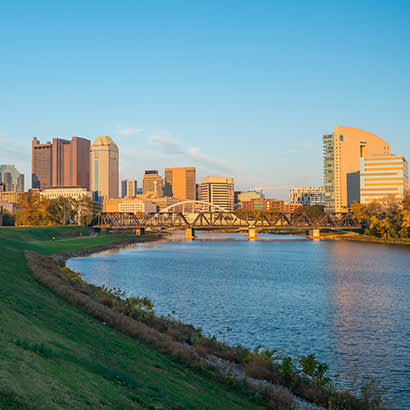Collectively, many of our rivers and streams are in poor health because of nutrient pollution, over-development and disconnected floodplains. This often leaves communities disengaged with their local waterways, vulnerable to severe flooding, and unable to access clean water.
Parks can act as multi-functional buffers that protect natural floodplains, which are essential for clean water, wildlife habitat and destructive flood prevention. They are places where communities can safely access their local waterways for recreation, and they offer opportunities for education and stewardship.
NRPA is promoting public parks as ideal spaces for the restoration and management of floodplains. Examples of projects include restoring and naturalizing channels, stabilizing streambanks, removing invasive species, restoring freshwater wetlands, improving groundwater recharge, and re-establishing greenspace.
Demonstration Projects
NRPA is working in communities across the country to implement replicable restoration projects that improve water quality while increasing public stewardship and community access to waterways. These projects will serve as case studies for public lands managers and park and recreation agencies of how through creative partnerships, restoration efforts in local parks can provide benefits to communities and waterways.
Learn about our pilot project in Taos, New Mexico.
Please contact Michele White with questions.


